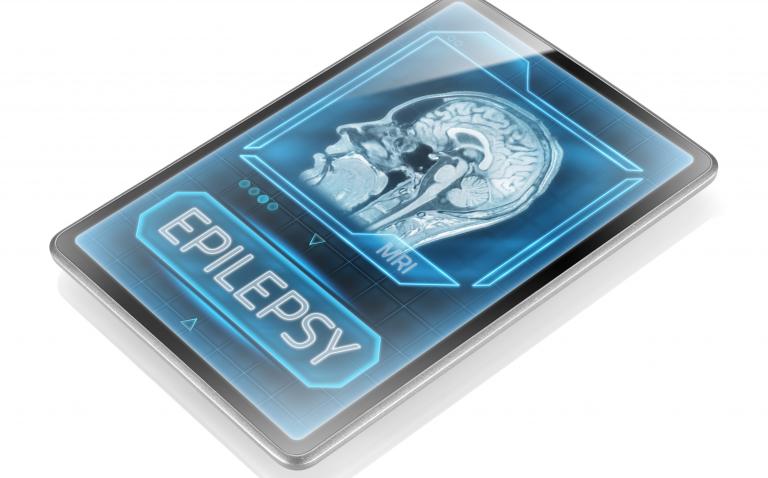Bial and Eisai have announced that leading clinical journal, Epilepsia, has published positive results from a pivotal Phase III monotherapy study of once-daily Zebinix® (eslicarbazepine acetate) in newly diagnosed focal epilepsy patients.1
The study of 815 patients met its primary endpoint, showing that treatment with eslicarbazepine acetate monotherapy was non-inferior to twice-daily controlled-release carbamazepine, the current standard of care. Eslicarbazepine acetate was also shown to be well-tolerated.1
“For this patient population in particular, it is important that the physician takes into consideration individual factors and tailors treatment to the individual. We therefore welcome the news that another treatment has been shown to be effective for these patients, especially one with an easy to use once-daily formulation that has the potential to improve adherence,” comments Eugen Trinka, lead author of the study, Professor and Chair, Department of Neurology, and Medical Director Christian Doppler Klinik, Paracelsus Medical University, Salzburg, Austria.
The primary endpoint of non-inferiority was shown through the proportion of patients seizure-free for the entire 26-week evaluation period. The data show that 71.1% (n=276/388) of patients for eslicarbazepine acetate and 75.6% (n=300/397) of patients for controlled-release carbamazepine were seizure-free for six months or more, at the last evaluated dose (average risk difference -4.28%; 95% CI: -10.3, 1.74%). The one-year seizure-freedom rate at the last evaluated dose was 64.7% (n=251/388) on eslicarbazepine acetate and 70.3% (n=279/397) on controlled-release carbamazepine (average risk difference: -5.46%; 95% CI: -11.88, 0.97%).1
Incidence rates of treatment-emergent adverse events (TEAEs) were similar in patients receiving eslicarbazepine acetate (76.3%) (n=306/401) versus controlled-release carbamazepine (79.6%) (n=328/412). It was also noted that fewer patients discontinued eslicarbazepine acetate treatment (14.0%) compared with carbamazepine-CR (18.4%), primarily driven by lower rates discontinuation due to adverse events.1
The most frequently reported possibly-related TEAEs for eslicarbazepine acetate were, in order of most frequent, dizziness, headache, somnolence, fatigue and nausea.1
Eslicarbazepine acetate is indicated in Europe as a monotherapy in the treatment of partial-onset seizures, with or without secondary generalisation, in adults with newly diagnosed epilepsy.2 Eslicarbazepine acetate is also indicated in Europe as adjunctive therapy in adults, adolescents and children aged above 6 years, with partial-onset seizures with or without secondary generalisation.2
References
- Trinka E, et al. (2018) Efficacy and safety of eslicarbazepine acetate versus controlled-release carbamazepine monotherapy in newly diagnosed epilepsy: A Phase III double-blind, randomized, parallel-group, multicentre study. Epilepsia. 00, 1-13.
- Zebinix® (eslicarbazepine acetate) Summary of Product Characteristics. Available at: http://www.ema.europa.eu/docs/en_GB/document_library/EPAR_-_Product_Info… Accessed January 2018.










